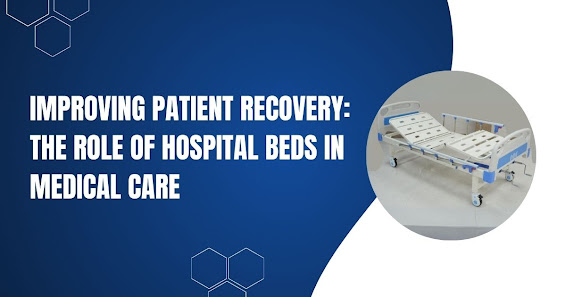Improving Patient Recovery: The Role of Hospital Beds in Medical Care

Introduction: Regarding healthcare hospitals, the importance of beds isn't limited to sleeping areas for patients. They play a crucial role in accelerating patient recovery by providing comfort. This blog explores the multiple roles that hospital beds play in medical treatment and how they aid in increasing the quality of care for patients. The Foundation of Patient Care: Hospital beds are designed to meet the needs of various medical conditions and recovery procedures. As opposed to conventional mattresses, these are fitted with adjustable features and can be designed to satisfy the requirements of specific patients. This flexibility is vital in medical environments since the patient's comfort and position affect the recovery speed. Enhanced Comfort and Mobility: One of the main functions of a bed in a hospital is to allow patients to alter their position. It's not only related to comfort but also overall health. If patients spend a long time on their beds, the possibilit...